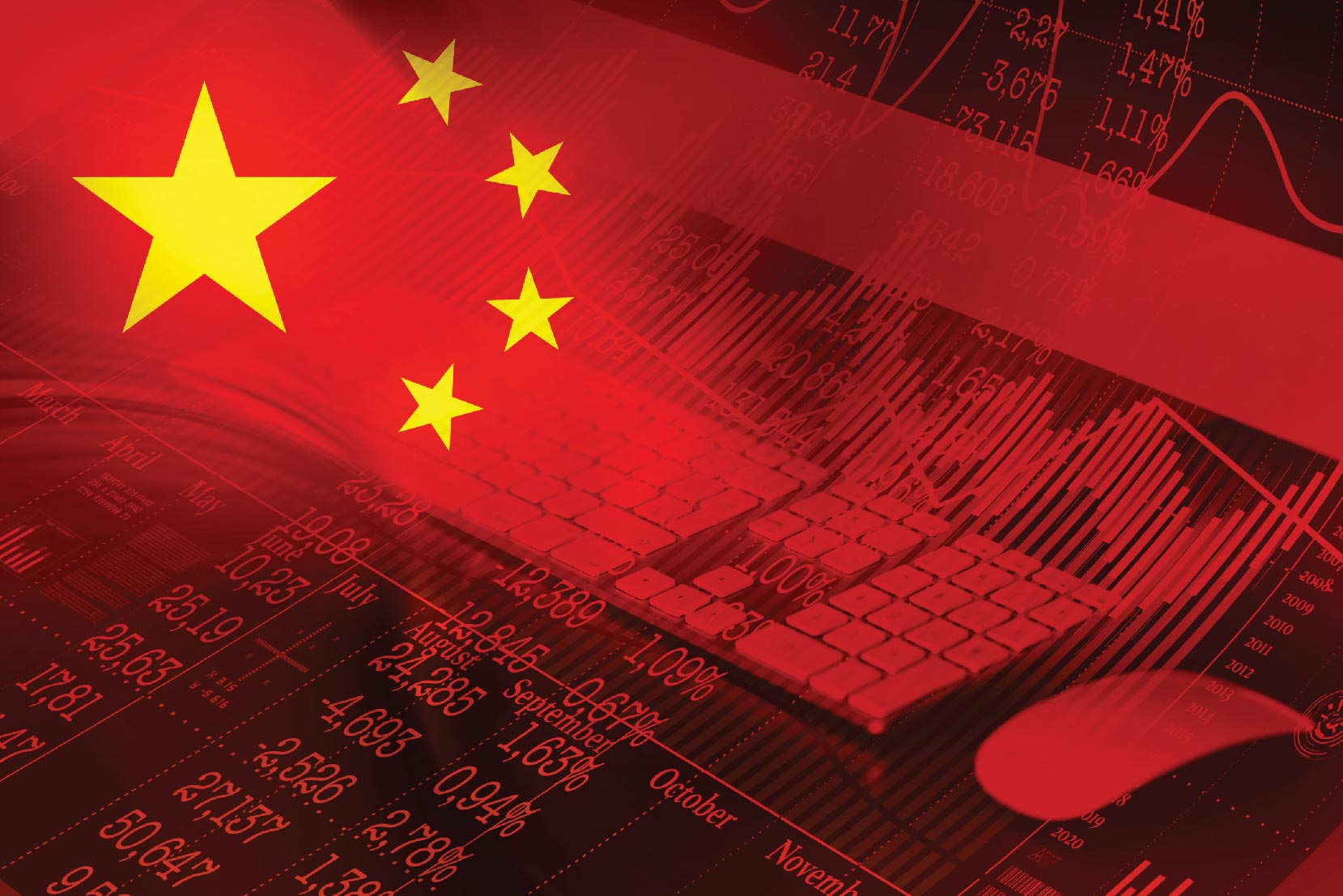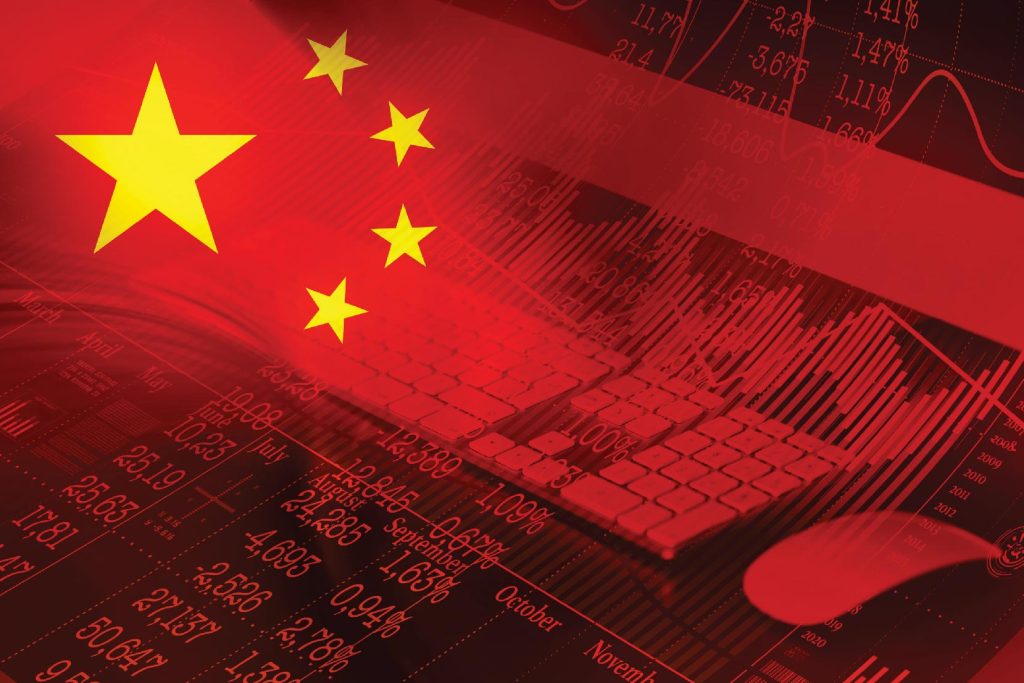Amid sweeping reforms, Chinese companies are radically shifting their cash strategies with record dividend payouts and share buybacks, signalling a bold new era for investor appeal.
Chinese companies are increasingly attracting investors by offering record dividend payouts and share buyback programs, a trend that aligns with sweeping corporate governance reforms. In 2024, Chinese listed firms disbursed an unprecedented 2.4 trillion yuan, approximately USD 328 billion in dividends, while share repurchases reached a historic high of CNY 147.6, according to data from the China Securities Regulatory Commission (CSRC). Goldman Sachs projects that cash distributions could soar to CNY 3.5 trillion in 2025, marking a new milestone.
Shift in Corporate Strategy and Dividend Surge
A key driver behind this phenomenon is the challenge companies face in deploying excess cash amid limited bank financing. As HSBC notes, many firms are opting to return cash directly to shareholders – a significant change in corporate strategy. This shift is evident in the expected amount of distributed dividends for December 2024 and January 2025, which is estimated to be more than CNY 340 billion from 310 companies. This represents a nine-fold increase in the number of dividend-paying companies and a 7.6-fold jump in total payouts compared to the previous year. Concurrently, the dividend yield on Chinese stocks has climbed to around 3%, the highest in nearly a decade, and high-yield stocks have outperformed their peers in Asia’s emerging markets by roughly 15%.
Government Initiatives and Regulatory Measures
Government initiatives have further fueled this trend. To enhance shareholder returns, Beijing has offered tax incentives and implemented policies that prioritise improved corporate performance. In 2024, both the State Council and the CSRC made shareholder returns a central focus. Measures included a CNY 300 billion targeted re-lending program launched by China’s central bank in October 2024 to support share buybacks, alongside tighter stock listing standards and stricter regulation of dividend payouts announced in April. Data from the China Association for Public Companies shows that 677 listed firms declared cash dividend plans in August 2024, up from 500 during the same period the previous year.
State-Owned Enterprises and Private Sector Response
State-owned enterprises (SOEs) have been at the forefront of these efforts. Companies such as PetroChina and CNOOC Group, offering dividend yields of around 8% and 7.54% respectively, have been quick to respond to government directives aimed at enhancing corporate efficiency. Benefitting from favourable loan rates, these SOEs have ramped up their shareholder returns significantly. Meanwhile, private companies are also increasing their cash payouts. For example, JD.com approved a USD 5 billion share buyback over three years in September 2024, complementing its existing dividend yield of 1.9%.
To enhance shareholder returns, Beijing has offered tax incentives and implemented policies that prioritise improved corporate performance. In 2024, both the State Council and the CSRC made shareholder returns a central focus.
Future Outlook and Dividend Payout Ratios
Looking ahead, large-cap companies, especially the state-owned giants, are expected to continue setting new records in dividend payouts, providing a welcome boost to investors in a market where traditional valuation recovery remains elusive. However, despite these impressive payouts, China’s dividend payout ratio, which measures dividends relative to net income, remains modest at 52.58% as of late January 2025. While this ratio surpasses Japan’s 36.12% and South Korea’s 27.6%, it still lags behind figures seen in markets like 89.2% in Australia and 78.13% in Singapore.
Investor Attraction and Economic Considerations
The government’s push for higher dividend payouts is generating positive short-term momentum for Chinese stocks and drawing long-term interest from both domestic and international investors. Yet, there are concerns that increased cash outflows to offshore markets could place additional pressure on the Chinese yuan. For local investors, these robust dividend yields offer an attractive alternative to low-yield bank deposits, compensating for broader economic challenges and market uncertainties.
















